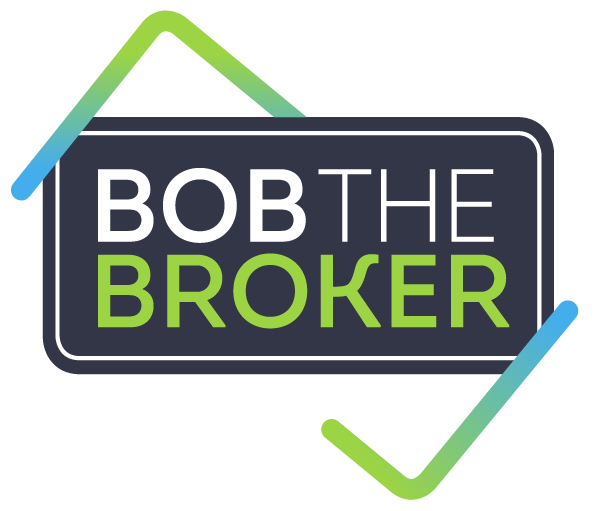Three Ways to Reach Your 2021 Money Goals
Well, 2020 was certainly a year we will never forget. Many of us endured personal and financial challenges that forced us to adjust our lifestyle and priorities – some significantly!
While we all continue to adapt to a new normal and hope life this year is more stable, we can draw on our 2020 experiences, along with our new perspectives to formulate fresh objectives in our lives.
Now is a perfect time to set your personal financial goals for 2021. But first there are some important take-aways from 2020 to consider.
A consumer survey1 conducted in late 2020 identified Australians’ top financial concerns were debt worries, savings goals and property market outlook. Some of the concerns and trends from this survey show that:
· The piggy bank took a hit – 30% of Australians dipped into their savings to cope in 2020.
· There were two big pain points – Job security and price of groceries were Aussies’ biggest financial concerns.
· We accumulated more debt in 2020 – 40% of the average debt was accumulated in 2020.
· Credit card debt remains high but has lowered – Australians have knocked $7.31 billion off personal credit debt BUT there has been a shift to using more buy now pay later services. Beware of the BNPL trap!
· Majority of our savings are sitting in a savings account – 47% of Australians keep their savings in savings accounts compared to only 7% in an offset account linked to a home loan. 4% made extra payments on a home loan and another 4% salary sacrificed extra superannuation contributions.
· We took advantage of low interest rates – 32% of mortgage holders negotiated a lower home loan rate with their current lender, 14% switched home loan lenders and a further 17% intend to switch.
Australians appeared to be in survival mode by sticking to the basics of putting food on the table and holding down a steady job.
But by making small shifts in your spending habits and financial management techniques, you can shift from just surviving to thriving.
Here are a few ways we help our clients to thrive
1. We can help you clear your credit card debt
While credit card debt is easy to rack up, it is not so easy to clear and it can have detrimental effects on your cash flow and your future borrowing power.
What is the best way to clear credit card debt? This will depend on your level of debt, the number of cards and your individual circumstances. However your choices might include:
paying out the balance in full before interest accrues.
paying the maximum amount you can afford each month to clear the debt as quickly as possible.
if you have more than one card, paying at least the monthly minimum on each card while allocating a larger payment to the card with the highest interest.
transferring your balance to a new credit card offering a lower interest period.
if you are a home-owner, consolidating your debt into your home loan.
You should avoid paying ONLY the minimum monthly repayment or you could be in a cycle of debt that is NEVER resolved.
There are other ways to free up cash for the essentials, nice-to-haves or big-ticket items.
Together, we may consider consolidating all your debt (credit card balances, personal loans, car loans etc) into one loan with a lower interest rate. If you are a homeowner, your home loan usually has the lowest interest rate, especially during this time of historically low rates.
We can help our clients decide which type of debt best suits them and help them minimise ‘debt lag’ – especially after festive season spending!
2. We have the power to negotiate
By refinancing, switching lenders or simply negotiating a better rate with your existing lender, you can potentially save thousands of dollars in interest, repay your home loan quicker, or lower your repayments. By securing a lower interest rate and still making the same repayments, you can pay down your debt sooner. We can step you through refinancing should you go down that path.
Here is a quick calculation to show how you could save almost $52,000 in interest. Of course, interest rates do fluctuate over time, fixed and variable rates vary from lender to lender as do rates for owner-occupiers or investors.
3. Structure your home loan and bank accounts for maximum benefit
We mentioned earlier that only 7% of Australians use an offset account for their savings. Many mortgage holders are missing out on potentially massive savings.
Here is how:
Let’s say you signed up to a 30-year loan and you are five years into your $600,00 mortgage when you start your 100% offset account. You could save $24,189.03 in interest and cut 10 months off the term of your loan.
Now that seems a lot to think about, but as you can see by making a few changes to your financial situation (with our help), you can potentially save yourself a lot of money.
The challenges we have faced over the last year left many of us asking ourselves how we can better prepare for an emergency and take control of our finances. This financial health check list could help you – download it today.
If you want to improve your finances this year, call us to book a time to discuss what potential solutions are available to suit you.
Source:
1 Consumer Pulse Report 2020 | Canstar



